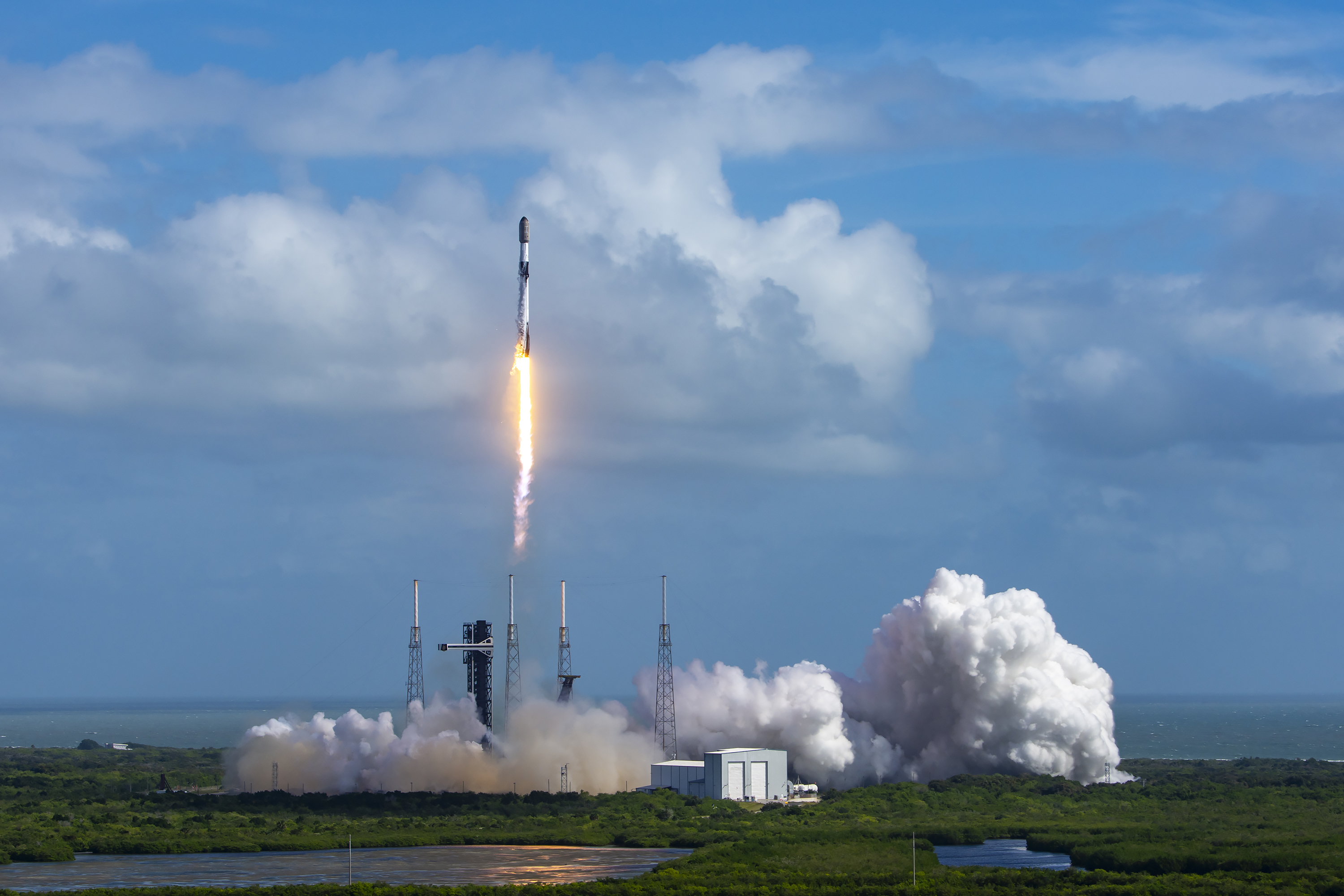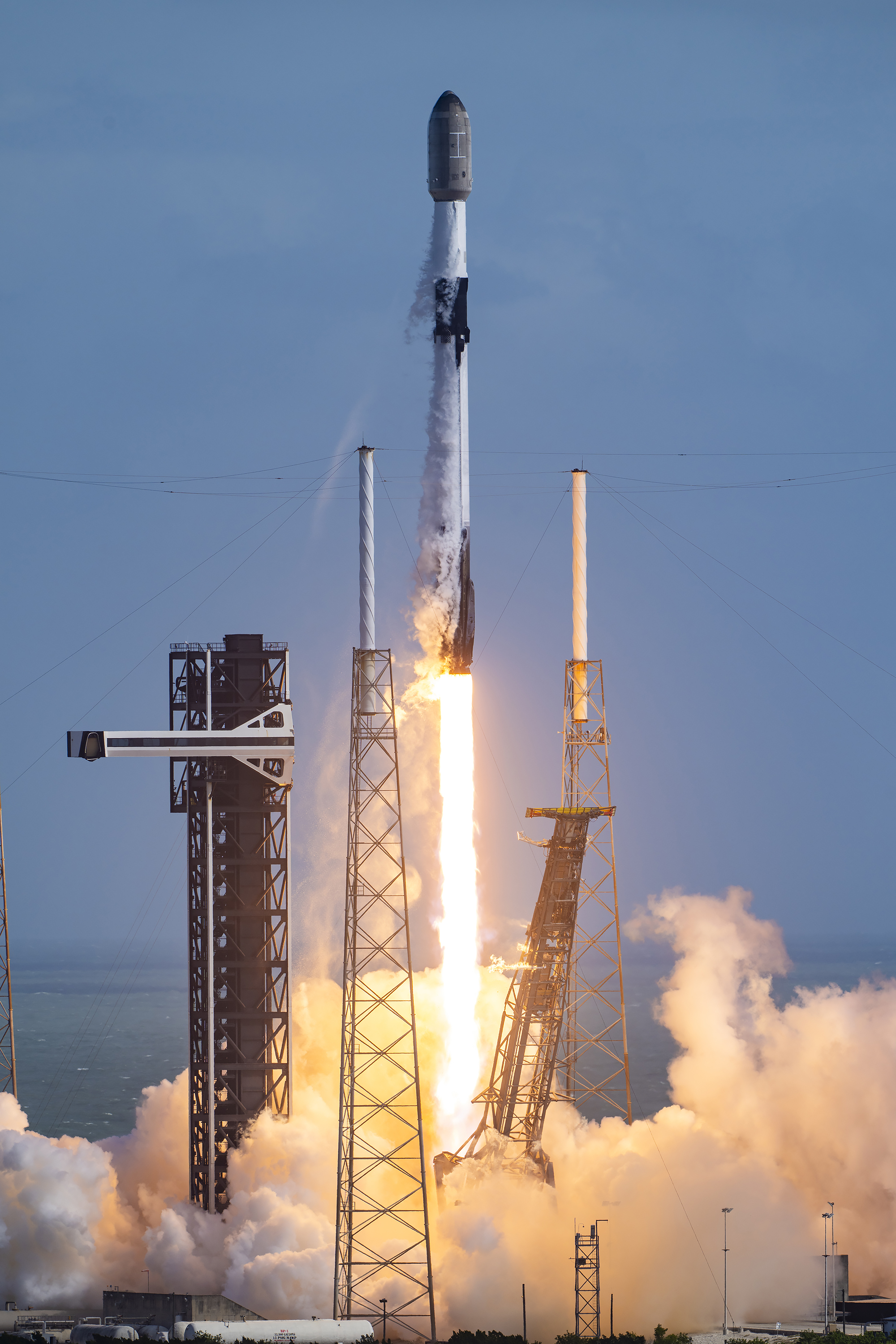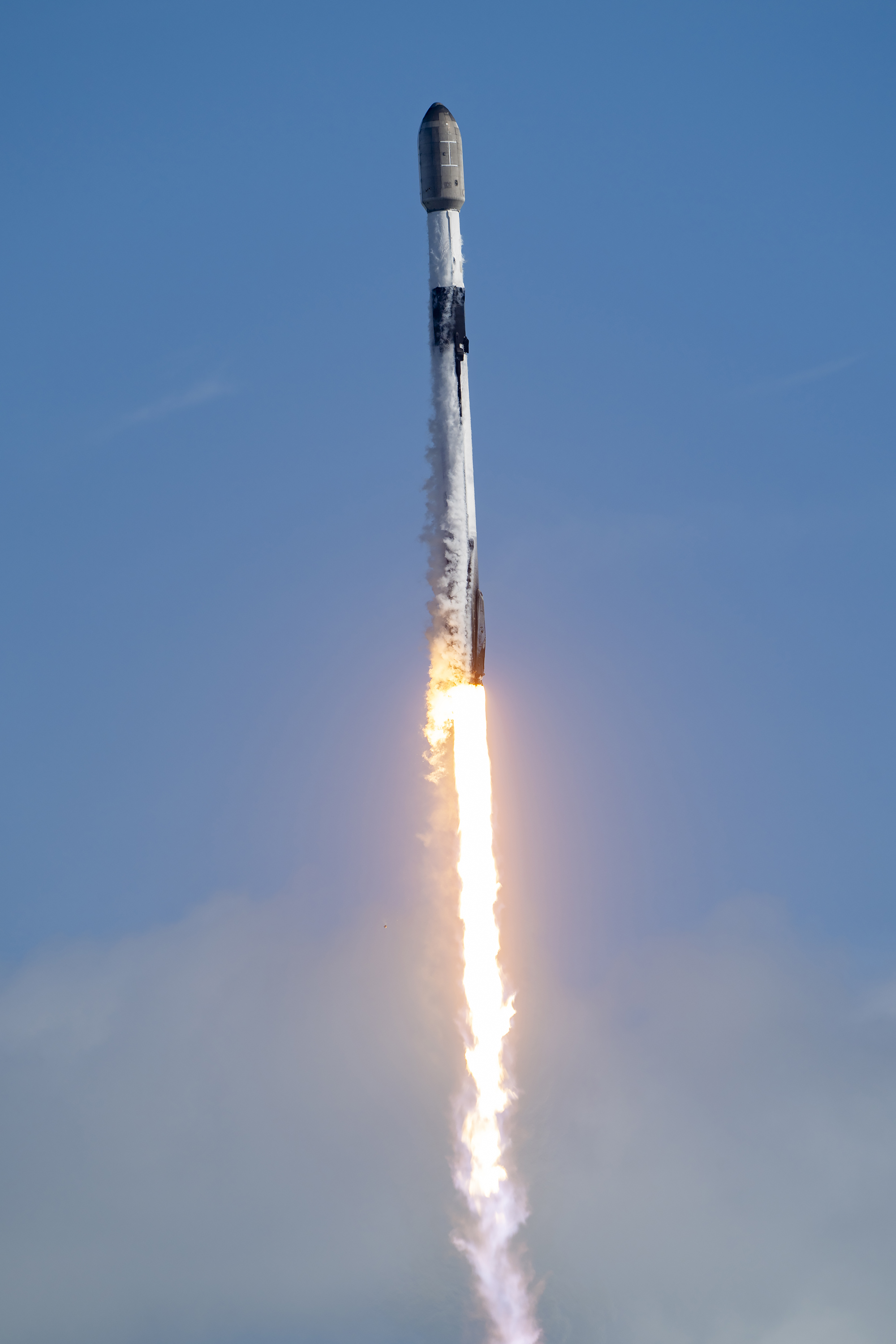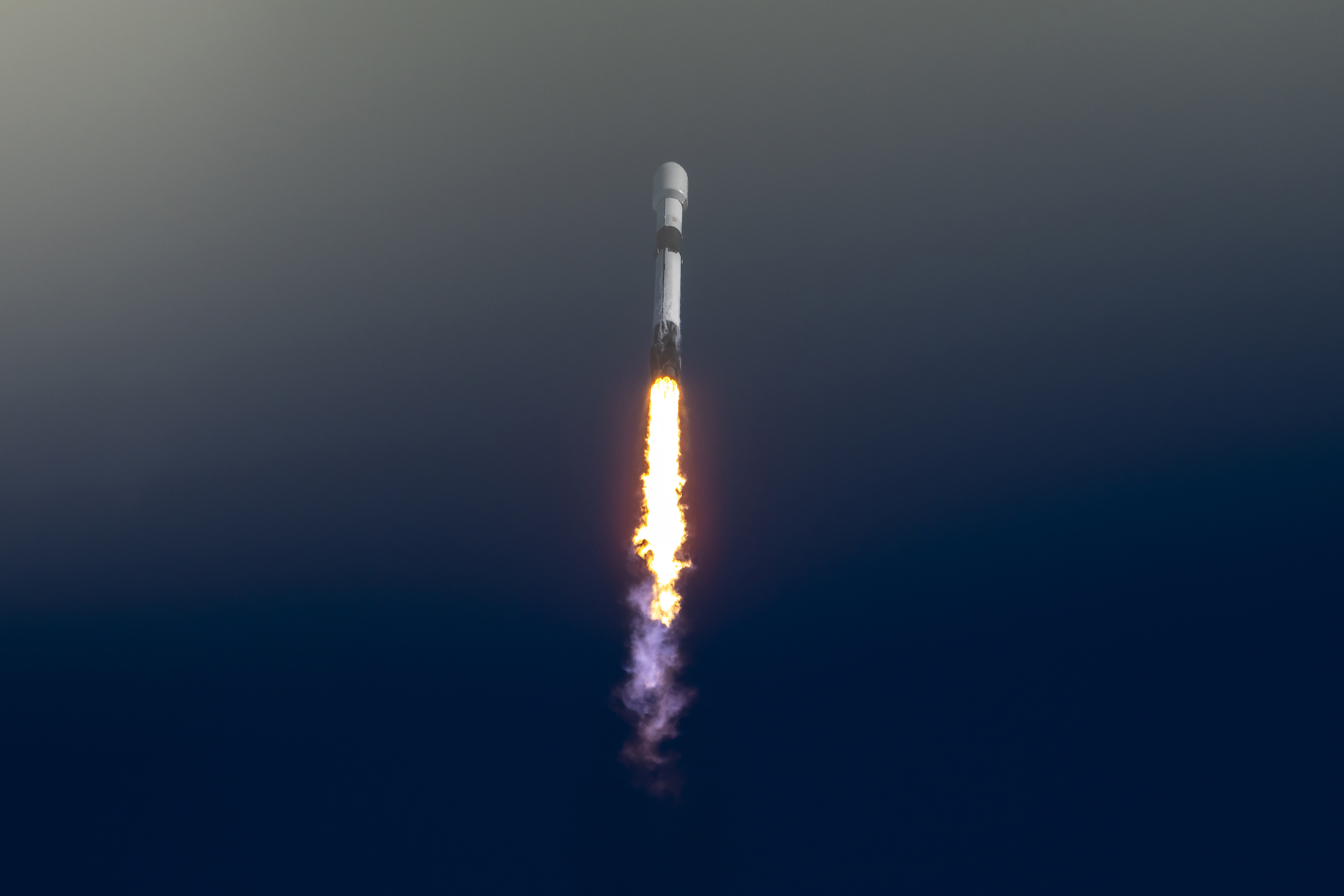On October 29, 2025, at approximately 12:35 p.m. EDT, a Falcon 9 rocket lifted off from Cape Canaveral Space Force Station in Florida, carrying 29 new Starlink satellites into low Earth orbit. This launch continues SpaceX’s rapid deployment rhythm and strengthens the company’s mission to provide high-speed, low-latency broadband globally.
The mission, listed on SpaceX’s official site as “Starlink Mission – SL-10-37”, followed the company’s pattern of launching dozens of satellites per flight to expand coverage and network capacity. After the liftoff, the Falcon 9’s first stage returned to Earth and executed a successful landing on the drone ship Just Read the Instructions in the Atlantic Ocean.
This launch further bolsters the Starlink constellation, which now includes thousands of satellites in orbit, bringing reliable internet access to remote regions and mobile users worldwide. By sending up 29 satellites at once, each batch accelerates the company’s ability to reduce latency, boost bandwidth, and close connectivity gaps in underserved areas.
From a broader perspective, the high cadence of missions like this one underscores how SpaceX has matured its launch, recovery, and satellite-deployment operations. Launching from Florida while recovering a reusable booster exemplifies the company’s efficiency and strategic momentum in the global internet-in-space era.
As more satellites join the network and integrate with ground terminals and mobile applications, services ranging from rural broadband to maritime connectivity and beyond will improve. The SL-10-37 mission isn’t just another launch—it’s a building block in the infrastructure that could redefine how people all around the world connect.












Leave a comment